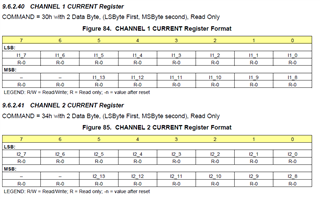Other Parts Discussed in Thread: TPS23882B, TPS23882, TIDA-050026-23881
Hello there:
I am seeing different PSE topologies and some of them require a separate MCU to control and this one TPS23881 has the embedded one. As of fw development/control prospective, which solution would be easier? And for this PSE controller and if I want it to be working together with some SoC do we only need I2C support?





